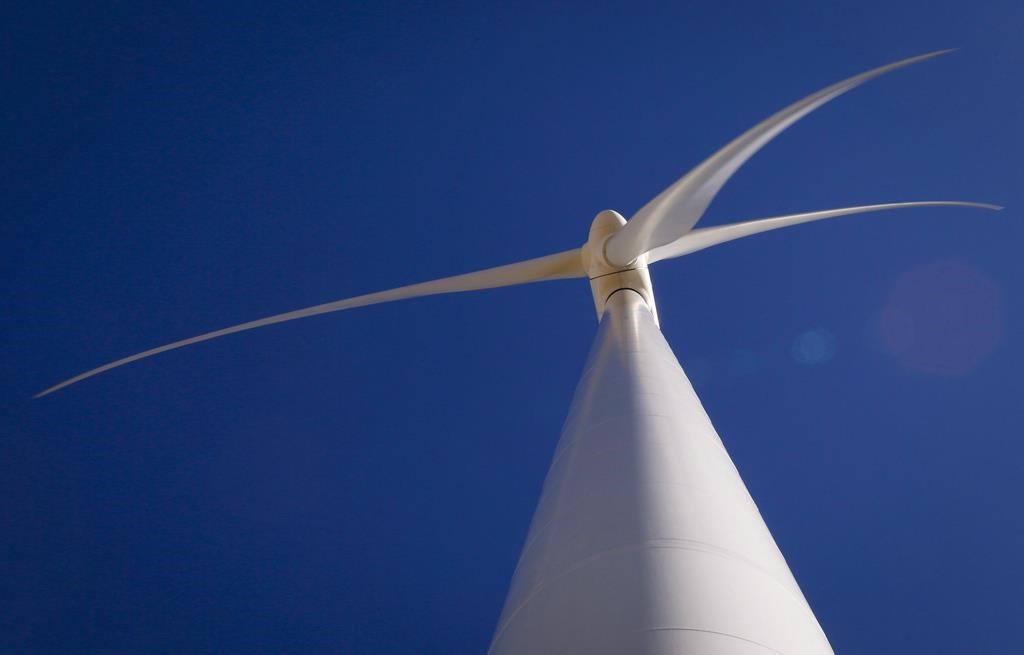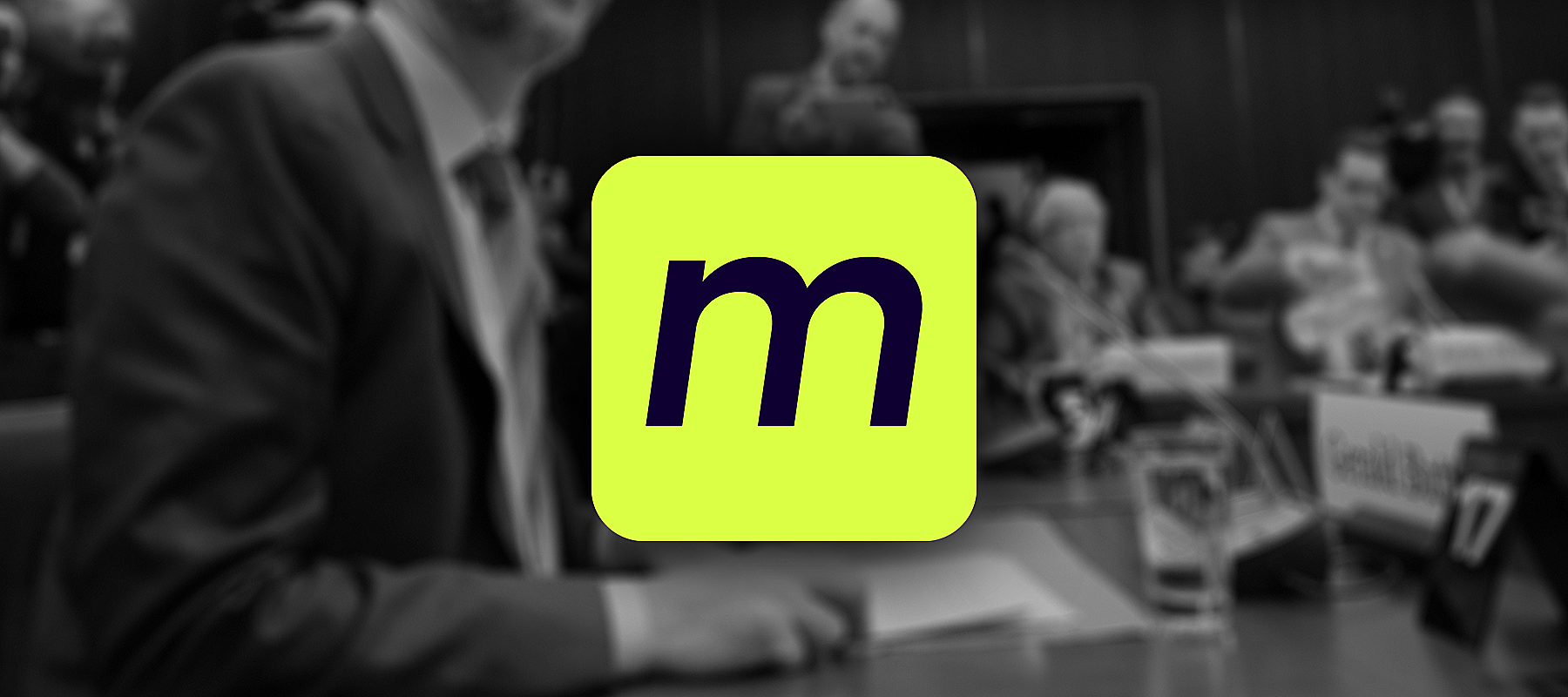
Best TFSA investments in Canada
The Dream Gallery / Shutterstock
A TFSA is a powerful tax-sheltered savings tool that can hold most investment assets, including cash, GICs, mutual funds, stocks and bonds. However, choosing where to park your money is key.
The tax-free savings account (TFSA) has been around for over a decade now, but many Canadians still underutilize or misunderstand what makes the TFSA such a fantastic savings tool.
The problem lies in the name: tax-free savings account. We should have called it a tax-free investment account! Indeed, one of the best ways to utilize your TFSA is to invest for the long term.
What are the best TFSA investments in Canada?
The TFSA is a powerful savings vehicle, and, depending on your income, can and should be used as your primary retirement savings account or as a complement to your RRSP (ideally maxing out both).
Side note: Remember, the TFSA is a mirror image of the RRSP. While you don’t receive a tax deduction when you contribute to your TFSA, you also don’t pay any taxes when you withdraw from your TFSA. With an RRSP, you get the deduction upfront but pay taxes on your withdrawals. Assuming you have the same marginal tax rate when you contribute as you do when you withdraw, the end result is the same whether you use the TFSA or the RRSP.
READ MORE: A guide to TFSAs
A robo-advisor
Robo-advisors are investing platforms that employ a computer algorithm to construct and manage your portfolio. This gives you the ability to invest without actually having to do anything. Robo-advisors automate many investing procedures, such as picking stocks or investment classes for you. They also construct a portfolio based on pre-defined risk tolerance, automatically rebalancing it if necessary.
All the robo advisors in Canada offer TFSA accounts and allow investors to build a portfolio of index funds and ETFs. A robo-advisor like Wealthsimple is a great way for investors to set up a sophisticated investment portfolio without the hassle of doing it on their own or the cost of hiring a full-service advisor. Expect to pay around 0.50 percent in management fees, plus another 0.20 percent or so for the investments held in your account.
READ MORE: The best robo-advisors in Canada
A discount brokerage
A discount brokerage or “online brokerage” is more cost-effective than a traditional brokerage. Additionally, with an online broker, you’re in control. You make investment choices and choose what to buy. You purchase single stocks and bonds by using your discount broker.
Investors can open a self-directed TFSA account at their bank’s discount brokerage arm or an independent online brokerage. CIBC Investor’s Edge and BMO InvestorLine Self-Directed are two popular discount brokerages in Canada. These firms offer relatively low commission rates and have extensive lists of mutual funds available for purchase.
When choosing a discount brokerage firm, it’s important to consider the fees charged for both buying and selling investments, as well as any account maintenance fees. In addition, investors should make sure that the trading platform offered by the brokerage is user-friendly and offers all the features they need.
READ MORE: Ultimate guide to Canada’s discount brokerages
| CIBC Investor's Edge review | Questrade review | Wealthsimple review | QTrade review |
|---|---|---|---|
 |
 |
 |
 |
|
◦ In-depth research to boost your investment knowledge.
◦ Investment options for every investor, no matter what your financial goals are. ◦ Under 25? Trade for free. |
◦ Best online brokerage in Canada
◦ Low fees, free ETF purchases ◦ Excellent customer service |
◦ No account minimums
◦ $0 commission ETF trading ◦ Reinvest dividends automatically |
◦ Commission-free ETFs, stocks, options, mutual finds and more.
◦ Fantastic educational resources for beginners and intermediate traders. ◦ Attractive sign-up bonuses |
| Earn in your TFSA | Earn in your TFSA | Earn in your TFSA | Earn in your TFSA |
Regular TFSA vs. self-directed TFSA
Most of us are familiar with a regular TFSA, where all the big banks, brick-and-mortar and online, typically promote their savings accounts, GICs, and mutual fund options (if available). The problem with a regular TFSA is that you’re limited to your bank’s proprietary options, so with some banks, you’ll only get to choose from their savings account, GICs, and mutual funds.
On the other hand, you can open a self-directed TFSA at any bank or online brokerage and get access to a wide array of options, including mutual funds, individual stocks, and ETFs from all types of issuers.
The bottom line? With a self-directed TFSA, the sky is the limit in terms of the types of investments you can buy.
What are qualified TFSA investments?
There are many ways to save and invest your money in a TFSA. The best part is that every cent of interest, dividend, or capital gain received inside your TFSA is tax-free while it’s in your account and tax-free when you take it out. What’s not to love about that?! Here are some qualified TFSA investments:
- Cash (savings and GICs)
- Mutual funds
- Government and corporate bonds
- Exchange-traded Funds (ETFs)
- Stocks
A qualified TFSA investment starts with cash: short-term, basic savings like a high-interest savings account – ideal for emergency funds or short-term liquid savings.
You can also purchase a GIC, which locks your money away for anywhere from 90 days to five years. Because the money is “locked in”, you should get a better interest rate than you would find in a high-interest savings account, but rates do fluctuate, so you’ll have to do your research.
Moving on up the ladder, you can invest in mutual funds inside your TFSA. We’re not big fans of the big bank mutual funds that come with high management expense ratios (MERs). Instead, what you’ll want to look for is a portfolio of funds that charge 1% or less. Mutual funds can be beneficial, especially for those investors who contribute regularly and don’t want to pay trading commissions.
You can also invest in individual government or corporate bonds in your TFSA, although most people now get their fixed income or bond exposure through a mutual fund or ETF.
ETFs and individual stocks are also considered qualified TFSA investments, as long as they’re listed on a designated stock exchange. Stocks sold “over the counter” (i.e., not on a central exchange) do not qualify as a TFSA investment.
How to invest TFSA in stocks
While not typically recommended on this site, you can purchase and invest in stocks inside your TFSA – just like you can inside an RRSP or non-registered account. In fact, when the TFSA was first introduced in 2009, I invested in blue-chip Canadian dividend-paying stocks (think: banks, telecommunications, pipelines, etc.) before switching to index ETFs several years later.
Follow the same steps as investing in ETFs: open up a self-directed TFSA at a discount brokerage account and fund the account with a lump sum or regular contributions. From there, you can trade stocks by clicking “buy”, entering the ticker symbol of the stock you wish to purchase, along with the number of shares you want to buy, and executing the trade.
Finding the best ETF for TFSA
Investors using ETFs in their RRSP can reduce or avoid foreign withholding taxes by choosing U.S.-listed ETFs and executing a move known as Norbert’s Gambit.
Inside a TFSA, these taxes are unavoidable, so it’s best to just simplify your holdings and control what you can for costs such as MER and trading commissions.
That’s why the new asset allocation ETFs or one-ticket balanced ETFs offered by Vanguard (VCNS, VBAL, VGRO, VEQT), iShares (XCNS, XBAL, XGRO, XEQT), and BMO (ZCON, ZBAL, ZGRO) are worth a look.
With just one ETF, you can get a low-cost, globally diversified portfolio of equities and fixed income. For those who contribute the full annual amount to their TFSA each year, you’d only need to make a single trade at the beginning of the year – limiting your trading commissions.
These ETFs come with MERs in the 0.20% to 0.25% range. Expect non-recoverable foreign withholding taxes to add another 0.15% to that total, giving you a relatively inexpensive investment portfolio inside your TFSA.
READ MORE: The best ETFs in Canada
Holding bonds in your TFSA
Interest from bond funds and bond ETFs are taxed at your marginal tax rate, just like employment income. However, in a tax-free savings account, all growth is tax-free, and no tax is paid when the funds are withdrawn.
Sounds like the TFSA is a perfect place for bonds, then, right? Not necessarily. The answer depends on your overall asset allocation spread across all of your investment accounts (RRSP, TFSA, non-registered). Generally speaking, it’s best to put your fixed income, such as bonds in a tax-sheltered account to avoid or defer paying taxes on interest income. So that could mean bonds are best suited inside your RRSP or your TFSA.
There’s no right or wrong answer.
What are considered safe investments in Canada?
While I like to think long-term investing is the preferred strategy for your TFSA, some people just aren’t wired that way and would rather keep their money safe. Furthermore, if your savings goals are for the short-or-medium term, such as building an emergency fund or saving for a down payment to buy a house or car, then a safe investment is exactly what you need.
Opening a regular TFSA at a big bank or online bank can be beneficial over a regular daily savings account. Your savings could be substantial – as of 2022, $81,500 total for those who were 18 in 2009. If that amount sits in your daily savings account, you’ll owe a couple of hundred dollars in taxes each year. Meanwhile, it can grow tax-free in your TFSA and likely earn a better interest rate.
Indeed, you’ll likely find rates in the 1.5% to 2.5% range for high-interest TFSAs and GICs. Many banks offer short-term promotional offers to entice new customers, so do your research and find the best rates online.
Holding a HISA (High-Interest Savings Account) in your TFSA
Ideal for short-term savers, you can stash your cash inside a high-interest savings account, and the interest will grow tax-free within your TFSA. One pitfall to avoid is raiding your TFSA cash stash too often, as you’ll quickly lose track of your available contribution room.
READ MORE: The best high-interest savings accounts in Canada
Holding GICs in a TFSA
A better option for a fixed-term savings goal (such as buying a new house in three years) is a guaranteed investment certificate (GIC) that allows you to earn some interest while protecting your principal. Again, any interest earned is not subject to taxes while inside your TFSA or when you withdraw the funds. Just do your research and find the best GIC rates in Canada before plunking down your money.
READ MORE: GIC vs. Mutual funds
What is the best TFSA investment option?
The best TFSA investment option is the one best suited to your financial goals. For conservative savers, or those looking to set aside cash for a short-term money goal, the best investment is high-interest savings account with a trustworthy online bank.
If your goals are further out – say five years or more – then you can think about investing in index funds or ETFs. Again, the best investment for your TFSA will depend on your unique situation. Do you contribute to your TFSA in small, more frequent amounts? You might be better suited for a portfolio of index funds or with a robo-advisor like Wealthsimple because there are no commissions when you buy and sell.
An investor with a larger TFSA who contributes maybe once or a few times a year might find ETFs more compelling due to the lower MER and ability to self-direct their portfolio.
Your mileage may vary.
READ MORE: TFSA vs. RRSP: How to choose between the two?
Disclaimer
The content provided on Money.ca is information to help users become financially literate. It is neither tax nor legal advice, is not intended to be relied upon as a forecast, research or investment advice, and is not a recommendation, offer or solicitation to buy or sell any securities or to adopt any investment strategy. Tax, investment and all other decisions should be made, as appropriate, only with guidance from a qualified professional. We make no representation or warranty of any kind, either express or implied, with respect to the data provided, the timeliness thereof, the results to be obtained by the use thereof or any other matter.





